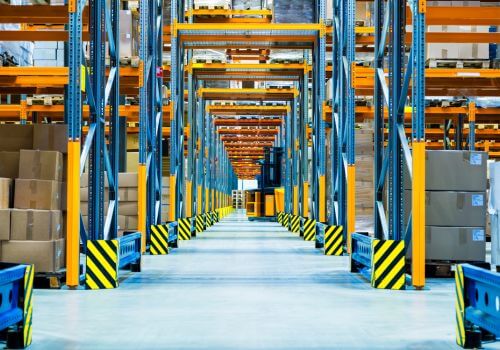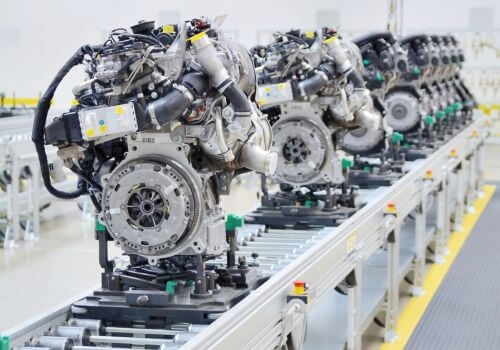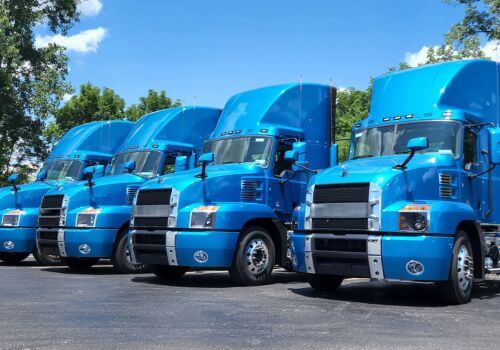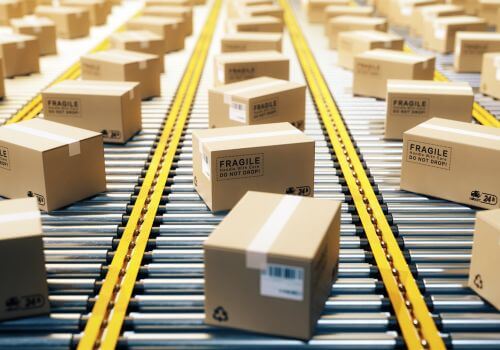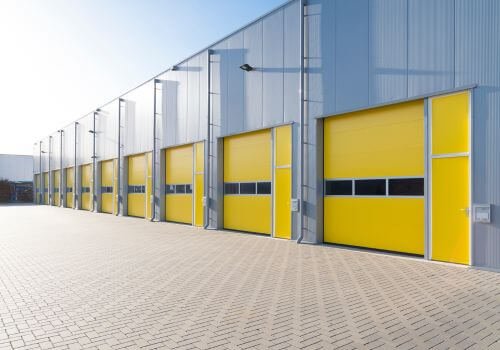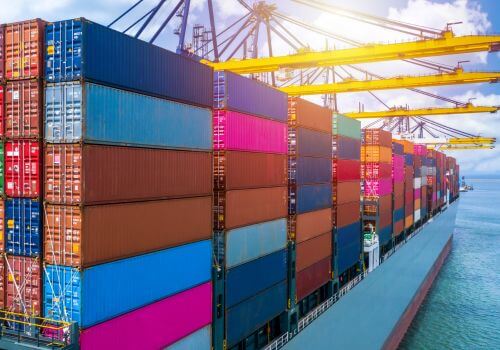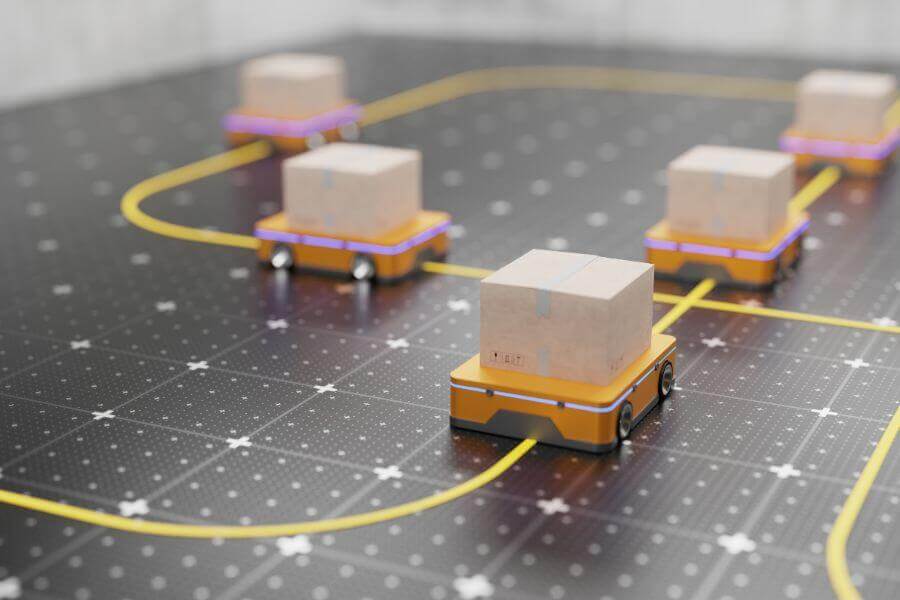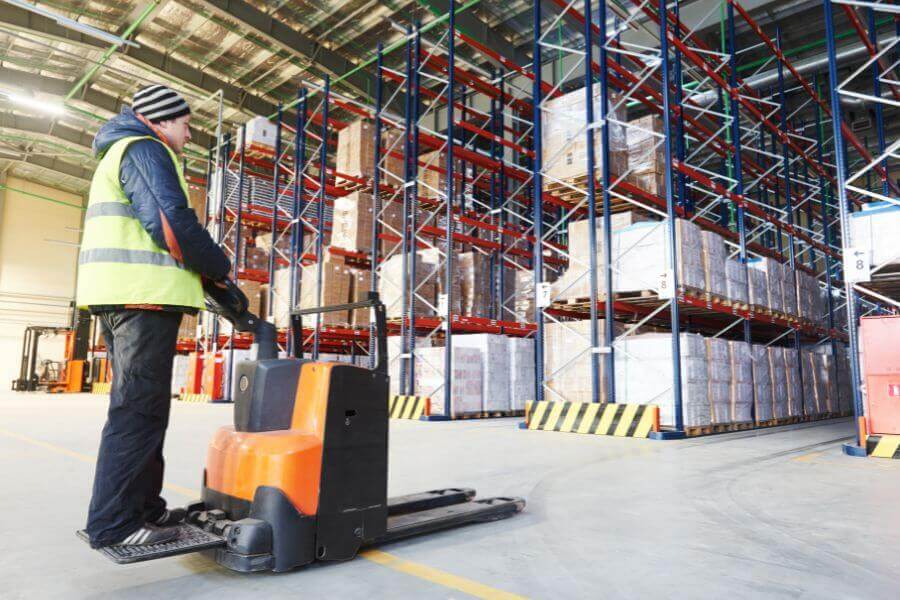The U.S. trucking industry is the backbone of the American economy, responsible for moving goods across the country and keeping supply chains running smoothly. As we look ahead to 2025, the industry is undergoing significant changes driven by technological advancements, regulatory shifts, and evolving market demands.
In this article, we’ll explore ten interesting facts about the U.S. trucking industry in 2025 that highlight its importance, challenges, and future direction.
1. The trucking industry continues to grow
Despite facing challenges in recent years, the U.S. trucking industry is showing resilience and growth. By 2025, the market size is projected to reach over $230 billion, reflecting a steady increase from previous years. This growth is driven by various factors, including the rise of e-commerce, the need for efficient supply chain management, and the overall economic recovery.
The industry’s expansion is not just in terms of revenue but also in its scope and influence. Trucks are responsible for moving an even larger percentage of the nation’s freight, with estimates suggesting that they transport over 70% of all goods in the United States. This underscores the critical role that trucking plays in keeping the economy moving and ensuring that products reach consumers and businesses alike.
2. Autonomous trucking is gaining traction
One of the most exciting developments in the trucking industry is the rise of autonomous vehicles. While fully self-driving trucks are not yet commonplace on highways, significant progress has been made in this area. By 2025, we’re seeing an increased adoption of semi-autonomous technologies in commercial trucks.
These advancements include features like adaptive cruise control, lane-keeping assistance, and advanced collision avoidance systems. Some estimates suggest that by 2025, there could be as many as 50,000 partially autonomous trucks on U.S. roads. While this represents a small fraction of the total trucking fleet, it marks a significant step towards a future where autonomous vehicles play a larger role in freight transportation.
The benefits of autonomous trucking are numerous, including improved safety, increased efficiency, and potential solutions to the ongoing driver shortage. However, the industry is also grappling with the challenges this technology brings, such as job displacement concerns and the need for new regulations.
3. Electric trucks are revolutionizing the industry
The push for sustainability has reached the trucking industry, and electric vehicles are at the forefront of this revolution. By 2025, the number of electric trucks on U.S. roads is expected to surge to over 50,000, a dramatic increase from just a few thousand in the early 2020s.
This shift towards electric vehicles is driven by several factors. Stricter environmental regulations, advancements in battery technology, and the decreasing costs of electric vehicles all contribute to their growing popularity. Major truck manufacturers are investing heavily in electric models, and many large fleet operators are making commitments to transition to zero-emission vehicles.
The benefits of electric trucks extend beyond environmental considerations. They offer lower operating costs, reduced maintenance needs, and quieter operations, making them attractive for urban deliveries and short-haul routes. However, challenges remain, particularly in terms of charging infrastructure and range limitations for long-haul routes.
4. Data analytics and AI are transforming fleet management
In 2025, the trucking industry is leveraging data analytics and artificial intelligence like never before. Fleet management has become increasingly sophisticated, with companies using advanced software to optimize routes, predict maintenance needs, and improve overall efficiency.
AI-powered systems can analyze vast amounts of data from various sources, including onboard sensors, GPS tracking, and historical performance records. This allows fleet managers to make more informed decisions about vehicle deployment, driver scheduling, and fuel management.
The use of predictive maintenance, enabled by AI and IoT (Internet of Things) devices, is helping trucking companies reduce downtime and extend the lifespan of their vehicles. By anticipating when a truck is likely to need repairs, companies can schedule maintenance proactively, avoiding costly breakdowns and improving overall fleet reliability.
5. The driver shortage remains a significant challenge
Despite technological advancements, the trucking industry in 2025 continues to grapple with a persistent driver shortage. The American Trucking Associations estimates that the industry could be short by over 100,000 drivers by this time, a situation that has been brewing for years.
Several factors contribute to this ongoing challenge. An aging workforce, with many experienced drivers reaching retirement age, coupled with difficulties in attracting younger workers to the profession, has created a significant gap in the labor market. The demanding nature of the job, including long hours away from home and the physical toll of driving, also makes it challenging to recruit and retain drivers.
To address this issue, trucking companies are implementing various strategies. These include offering higher wages, improving work-life balance through more flexible schedules, and providing better benefits packages. Some companies are also investing in driver training programs and partnering with schools to create career pathways for new drivers.
6. Sustainability is a top priority
Environmental concerns have become a central focus for the trucking industry in 2025. Beyond the adoption of electric vehicles, companies are implementing a wide range of sustainability initiatives to reduce their carbon footprint and meet increasingly stringent environmental regulations.
These efforts include the use of alternative fuels such as biodiesel and natural gas, aerodynamic truck designs to improve fuel efficiency, and the implementation of anti-idling technologies. Many trucking companies are also focusing on optimizing their routes and loads to reduce empty miles and improve overall efficiency.
Furthermore, there’s a growing emphasis on building greener supply chains. This involves collaborating with eco-friendly suppliers and carriers, as well as implementing more sustainable practices in warehousing and distribution centers. The industry is recognizing that sustainability is not just an environmental imperative but also a business advantage, as more customers and partners prioritize working with environmentally responsible companies.
7. Technology is enhancing safety on the roads
Safety has always been a top concern in the trucking industry, and by 2025, technological advancements will have significantly improved road safety for truck drivers and other motorists. Advanced driver assistance systems (ADAS) have become standard in most new trucks, offering features like automatic emergency braking, lane departure warnings, and blind-spot detection.
In addition to these onboard safety systems, there’s been widespread adoption of telematics and driver monitoring systems. These technologies can track driver behavior, alertness levels, and compliance with hours-of-service regulations. Some systems even use AI to provide real-time coaching to drivers, helping them improve their driving habits and avoid potential accidents.
The result of these technological advancements is a notable decrease in truck-related accidents and fatalities. This not only saves lives but also reduces insurance costs and improves the overall reputation of the trucking industry.
8. Last-mile delivery is booming
The continued growth of e-commerce has led to a surge in last-mile delivery services, and this trend will be even more pronounced in 2025. Trucking companies are adapting to meet the demands of this evolving market, with many specializing in urban deliveries and developing innovative solutions for efficient last-mile logistics.
This shift has led to an increase in the use of smaller, more maneuverable vehicles for urban deliveries. Electric vans and even autonomous delivery robots are becoming more common sights in cities across the country. Trucking companies are also leveraging advanced routing software and real-time traffic data to optimize their delivery routes and improve efficiency in congested urban areas.
The focus on last-mile delivery has also sparked innovations in packaging and loading techniques. Companies are exploring ways to maximize the use of space in delivery vehicles and reduce the number of trips required, further improving efficiency and reducing environmental impact.
9. Blockchain technology is enhancing transparency and efficiency
By 2025, blockchain technology will have made significant inroads in the trucking industry, revolutionizing how transactions and information are managed throughout the supply chain. This decentralized ledger technology offers enhanced security, transparency, and efficiency in various aspects of trucking operations.
One of the key applications of blockchain in trucking is in supply chain management. It allows for real-time tracking of shipments, providing all parties involved with accurate and tamper-proof information about the location and condition of goods. This level of transparency helps to reduce disputes, streamline customs processes, and improve overall supply chain efficiency.
Blockchain is also being used to create smart contracts, which automate many of the administrative tasks associated with trucking, such as payments and compliance documentation. This not only reduces paperwork but also speeds up transactions and reduces the potential for errors or fraud.
10. The workforce is becoming more diverse
The face of the trucking industry is changing, and by 2025, we’re seeing a more diverse workforce than ever before. Efforts to attract women, minorities, and younger workers to the industry are starting to pay off, bringing fresh perspectives and new talent to the field.
Women, in particular, are making significant strides in the trucking industry. While still underrepresented, the percentage of female truck drivers and fleet managers has increased notably. Industry associations and individual companies are implementing mentorship programs and creating more inclusive work environments to support this trend.
The industry is also seeing an influx of younger workers, attracted by the implementation of new technologies and the promise of stable, well-paying careers. Many trucking companies are partnering with schools and vocational programs to create clear career pathways for young people interested in the industry.
This diversification of the workforce is not just about addressing the driver shortage; it’s also about bringing new ideas and innovations to the industry. A more diverse workforce leads to better problem-solving, improved customer service, and a trucking industry that better reflects the communities it serves.
Conclusion
The U.S. trucking industry in 2025 is a dynamic and evolving sector, facing both challenges and opportunities. From the adoption of new technologies like autonomous vehicles and electric trucks to the ongoing efforts to address the driver shortage and improve sustainability, the industry is undergoing significant changes. These developments are not just shaping the future of trucking but are also having a profound impact on the broader economy and society.


